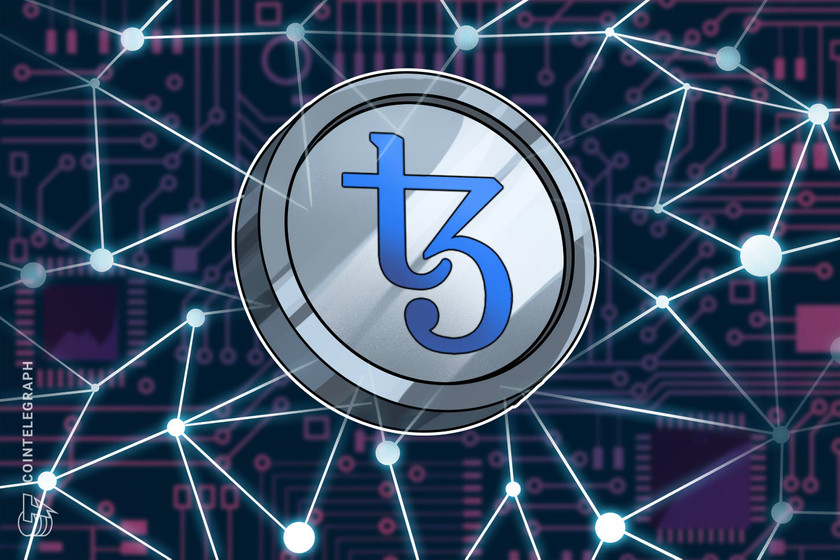Terra crash highlights stablecoin risk to financial stability: ECB
A recent ECB report says stablecoins are not practical as a mode of payment and their current form isn’t fit for use in the real economy.
354 Total views
18 Total shares

The European Central Bank (ECB) has released a report analyzing the growth of the cryptocurrency market over the past decade and the risks it poses to the existing financial system.
A section of the report dedicated to stablecoins discussed the central role that it plays in the current ecosystem. Stablecoins are increasingly used to interlink various blockchain networks and play a critical role in offering liquidity to the decentralized finance (DeFi) ecosystem.
The report further analyzed whether these stablecoins could find a place in the traditional financial system, but concluded that a lack of regulatory oversight added to the recent downfall of algorithmic stablecoins ecosystems such as Terra indicates the contagion effects such stablecoins could have on the financial system. An excerpt from the report read:
“The largest stablecoins serve a critical function for crypto-asset markets’ liquidity, this could have wide-ranging implications for crypto-asset markets if there is a run-on or failure of one of the largest stablecoins.”
It was not just the algorithmic stablecoins that faced the crisis during the crypto market crash in May, even centralized stablecoin Tether (USDT) lost its peg for a while and saw nearly 10% in outflows.
The ECB also shot down the idea of using stablecoins as a means of payment, claiming these are not practical as the speed and cost as well as their redemption terms and conditions have proven “inadequate for use in real economy payments.”
The ECB recommended appropriate supervisory and regulatory measures to ensure stablecoins don’t pose a risk to financial stability in European countries. However, the report did note that stablecoin penetration in the region is limited given that European payment service providers have not been very active in stablecoin markets thus far.
Related: Experts weigh in on European Union’s MiCa crypto regulation
The European Union recently approved the Markets in Crypto-Assets (MiCa) framework that offers guidance for crypto asset service providers (CASPs) to operate within the Europe region. The provisional agreement includes rules that will cover issuers of unbacked crypto assets, stablecoins, trading platforms and crypto-wallets.
3/13 Large stablecoins will be subject to strict operational and prudential rules, with restrictions if they are used widely as a means of payment, and a cap of 200€millions in transactions/day.
— Ernest Urtasun (@ernesturtasun) June 30, 2022
The ECB aims to curtail stablecoin issuance to e-money institutions and credit institutions to ensure that a Terra-like incident doesn’t lead to investors losing billions of dollars.









